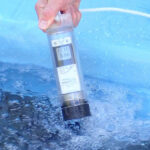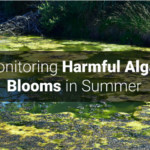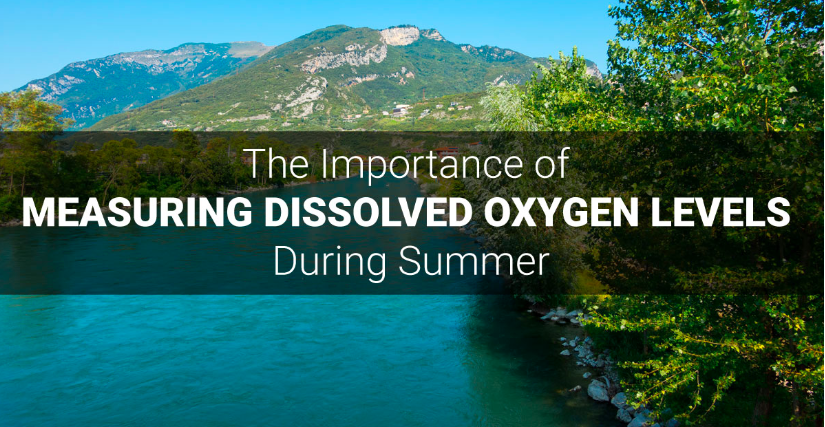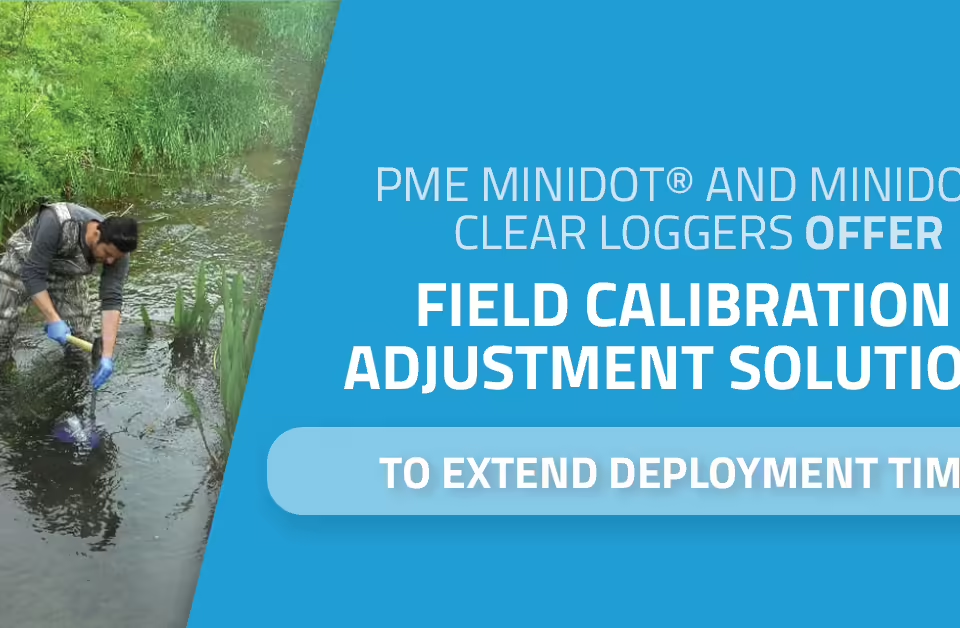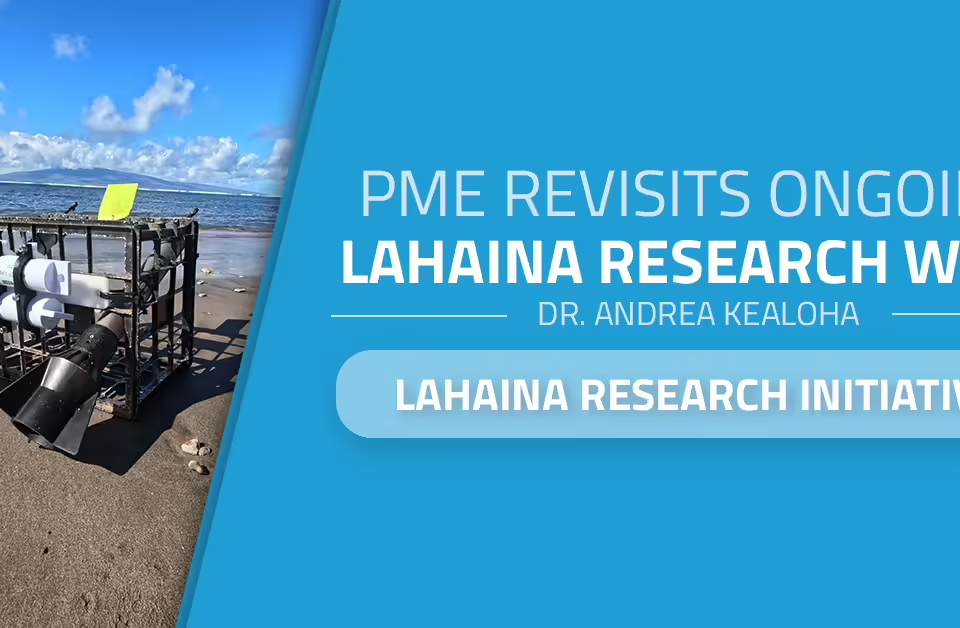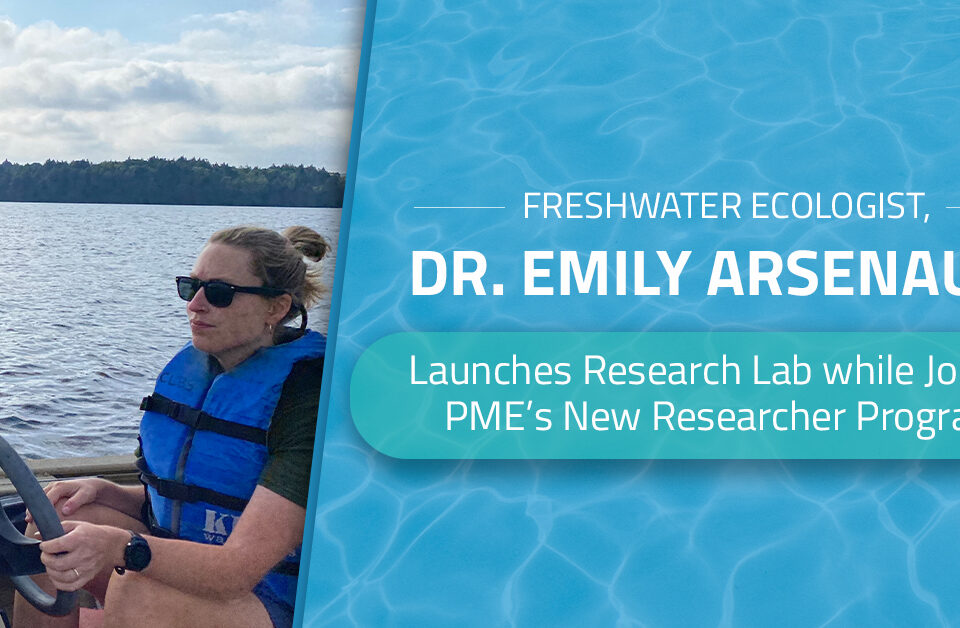Low Water, High Temperatures
In a previous blog post, we explored the importance of measuring dissolved oxygen (DO) levels during the late winter and early spring, particularly after a late snowfall. The decreased DO levels which accompany cold temperatures and snowed-over surfaces can stress fish populations, sometimes to the point of winterkill. Summer, at the other end of the weather and temperature spectrum, can also be a time of decreased DO levels in many bodies of water and, as in the winter, if levels fall far enough, fish populations will suffer.
In most bodies of water, summer is a time of low water levels and high water temperatures. Lakes and rivers are no longer receiving large amounts of cool, oxygenated water as a result of snowmelt. Rainfall is at its yearly low point. Days are often hot, still, and windless, depriving water of the oxygenating mixing effect usually brought on by wind. In dammed rivers, drawdown is typically at its highest point of the year, as agencies try to meet the summer water needs of nearby cities and agriculture. All of these factors contribute to decreasing water levels in most lakes and rivers, and the water that does remain is warm.
Depleted Oxygen Levels Increase Fish Kills
Different species of fish have different ideal temperatures and the higher temperatures rise above that ideal, the harder it is on fish of that species. Water, as it warms past a certain point (86 degrees Fahrenheit in most waters), has a decreased capacity to hold DO. Yet warm water raises a fish’s metabolism, increasing its need to consume DO, just as there is less DO in the water.
Trying to meet this metabolic need, fish will seek out DO-rich areas, often bunching and crowding in these spots and, in the process, become more susceptible to disease and predation. Bunching also depletes food supply in the DO-rich areas and, underfed, fish populations are further stressed.
Fisheries managers and responsible agencies often have the means to support fish populations in DO-deprived waters. In the case of dammed rivers, it can be as simple as decreasing drawdown. (Simple but not necessarily easy, as nearby cities and agriculture rely on water from the drawdown and the decision to decrease is often difficult to make and/or implement.) In some lakes and ponds, aeration systems, strategically placed, can add oxygen and cool water, helping fish spread out. The addition of beneficial bacteria can also help increase DO levels by eliminating DO-killing algae blooms.
Oxygen Loggers Help Monitor Summer DO Levels
All of these solutions require that managers, agencies, and other responsible parties have access to accurate DO level measurements. Deploying oxygen loggers is a great first step to getting a handle on summer DO levels. PME’s miniDOT® Logger is employed by those managers around the world. The miniDOT is durable, portable, and easy to use. Completely submersible, it logs dissolved oxygen and temperature measurements and records data to an internal SD card. It is available with an optional anti-fouling device. Discover more about our innovative products.


